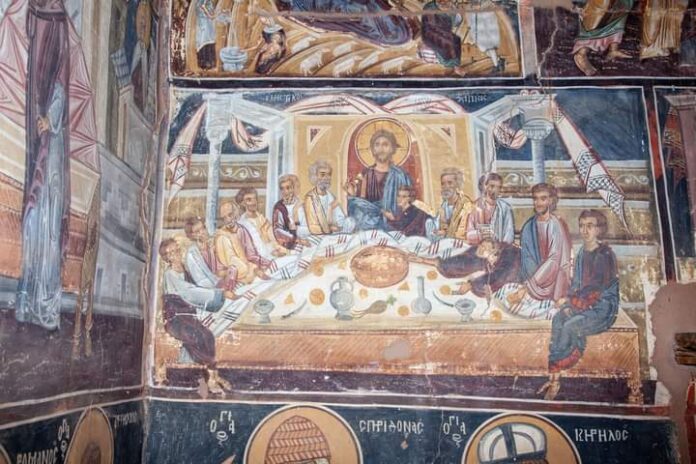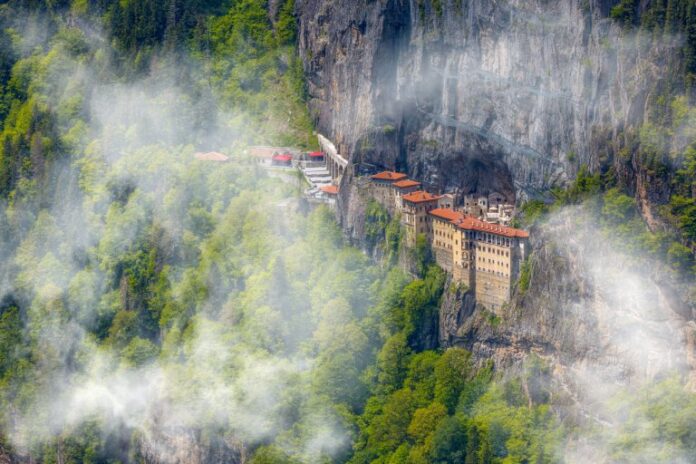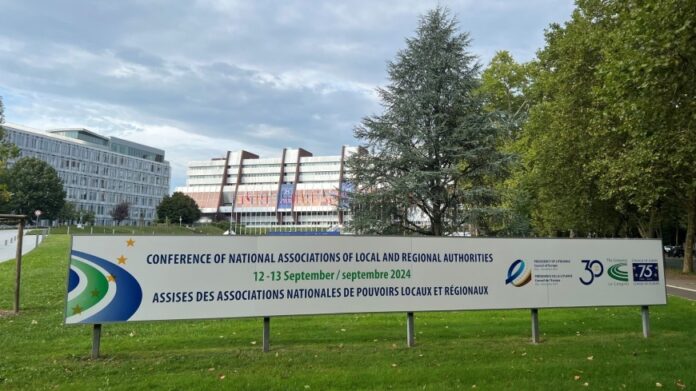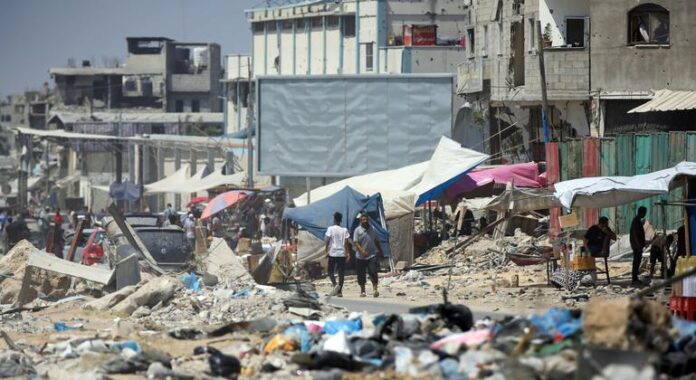Asteroid 2024 PT5, which is currently hurtling towards Earth, rather than burning up in the atmosphere, will likely remain in orbit and become a minimoon. However, it will be a fleeting visit and will probably only stay in the planet’s gravitational grip for two months.
The asteroid was discovered on August 7 and is about 10 meters in diameter.
Two astronomers from the Complutense University of Madrid, Carlos de la Fuente Marcos and Raúl de la Fuente Marcos, studied the motion of the object and concluded that it will be caught in Earth’s orbit for a short period between September 29 and November 25. It will then fall back into the Sun’s orbit and continue its journey through the Solar System.
In other words, for a total of 56.6 days, Earth will have two moons (more precisely, one true moon and one minimoon).
The study notes that 2024 PT5 is “unlikely to be artificial,” meaning it’s probably not just a piece of space junk that could be mistaken for a minimoon. Researchers suggest it could be the Arjuna asteroid, a near-Earth object with an orbit similar to that of our planet. It is named after an ancient prince of the Kuru kingdom, located in present-day India, and a central character in the Hindu epic Mahabharata.
Unfortunately, you will hardly be able to see the minimoon. According to NASA’s JPL Small Body Database, 2024 PT5 has an absolute magnitude of 27.6, which is very faint and will not be visible in most amateur telescopes.
So-called minimoons have graced Earth with their family before – for example, asteroid 2022 NX1 in 1981. It quickly left our planet’s reach before returning as a minimoon in 2022. It is predicted that in 2051 it will again will return.
2024 PT5 is also expected to make several visits. The asteroid will return to Earth’s orbit in January 2025 before quickly leaving and returning again in 2055.
Illustrative Photo by Pixabay: https://www.pexels.com/photo/full-moon-during-night-time-53153/














